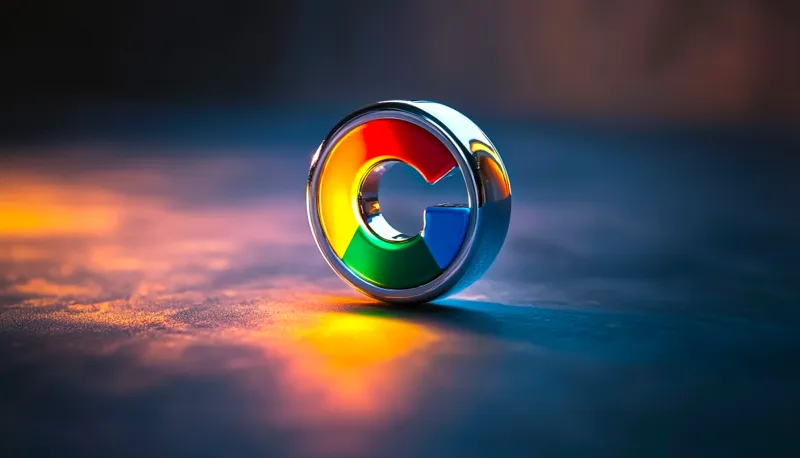Revolutionizing Web Graphics: Chrome WebGPU Debuts on Android
Unveiling a new era in web graphics, Google's Chrome WebGPU arrived on Android this January, promising revolutionary enhancements in 3D rendering and performance. This release brings cutting-edge GPU capabilities to over half of the web's users, setting a new standard for rich, interactive web experiences.
Last updated: January 19, 2024In a groundbreaking development for web graphics, Google released Chrome WebGPU on Android devices in version 121 on January 17th, 2024.
This release marks a significant leap in web-based graphical capabilities, offering enhanced experiences for both developers and end-users through advanced rendering and computation features.
What is WebGPU?
WebGPU represents the next generation in web graphics technology, succeeding the long-standing WebGL and WebGL 2 APIs.
Developed by the "GPU for the Web" W3C community group, which includes tech giants like Google, Apple, and Mozilla, WebGPU introduces cutting-edge features. These include GPU compute capabilities, lower overhead access to GPU hardware, and improved, consistent performance.
This innovative technology is set to redefine how graphics are rendered on the web.

Why WebGPU Matters?
In the past decade, web graphics have become increasingly complex, with the rise of 3D graphics, AR, and VR. All of these technologies were made possible by WebGL.
However, WebGL is now nearly 13 years old and pales in comparison to WebGPU's potential. It has not been designed with modern GPU hardware in mind and is not optimized for the latest graphics technologies.
WebGPU opens up new horizons for rich 3D graphics and GPU-intensive experiences on the web. It offers enhanced performance and efficiency, making it a superior choice for modern web applications.
Previous Launch and Market Impact
WebGPU has already made its debut on Chrome for Windows, MacOS, and ChromeOS with version 113 in May 2023. As of 2024, Chrome dominates the mobile browser market with a 61.76% share.
The introduction of WebGPU on Android signifies that over half of all web users now have access to this advanced graphics technology.
Transformative Effects of WebGPU
The arrival of WebGPU on Android is set to transform the landscape of rich 3D websites.
It will significantly boost performance for a wide range of web applications, like visual design tools such as Figma and Spline. This enhancement aligns with the growing trend of web applications becoming more popular than their desktop counterparts, due to factors such as accessibility, ease of use, and cross-platform compatibility.
Additionally, WebGPU enables the integration of AI into websites and supports the display of multiple 4K videos, even on low-spec devices.
This technology is not just about enhancing visual aesthetics; it's about redefining the boundaries of what's possible in web-based applications.
Experience WebGPU Today
Users with an updated Chrome browser can witness the capabilities of WebGPU firsthand by visiting WebGPU Samples.
These demos showcase the remarkable advancements in web graphics made possible by this technology.
Leveraging WebGPU for Your Projects
Are you looking to harness the power of WebGPU for your next web project?
Contact us to explore how this groundbreaking technology can elevate your web experiences to new heights.






